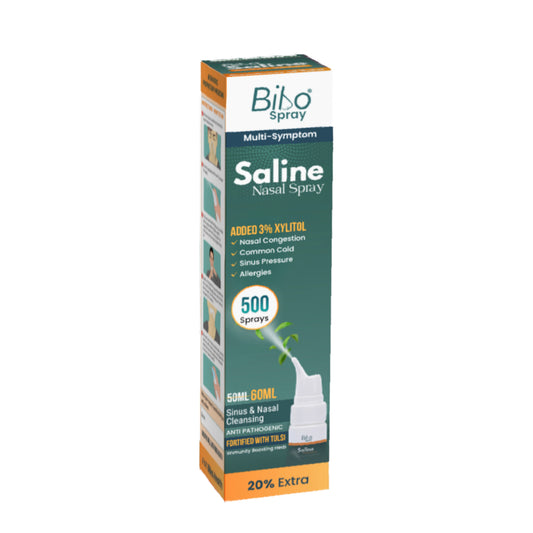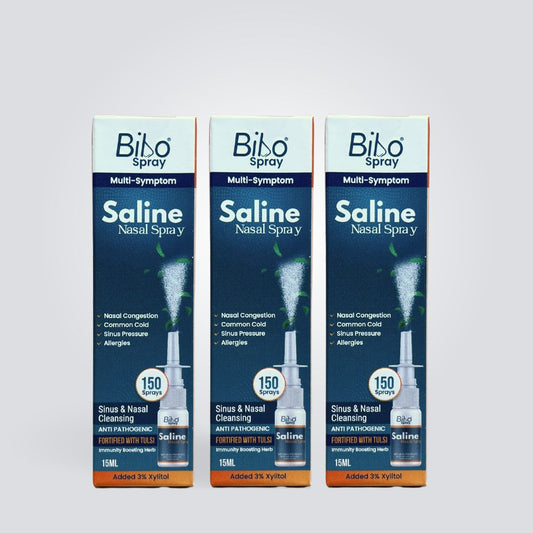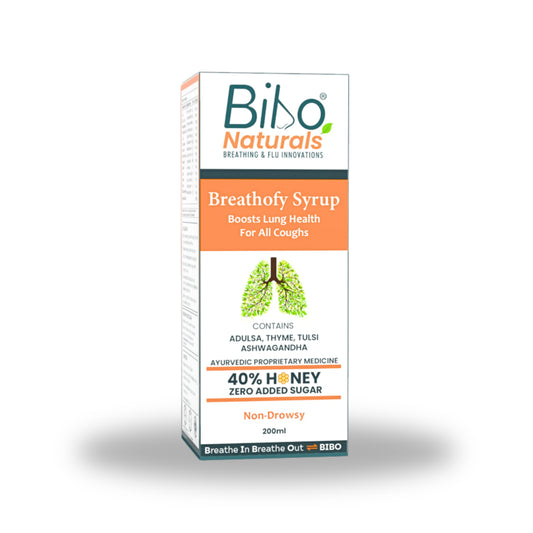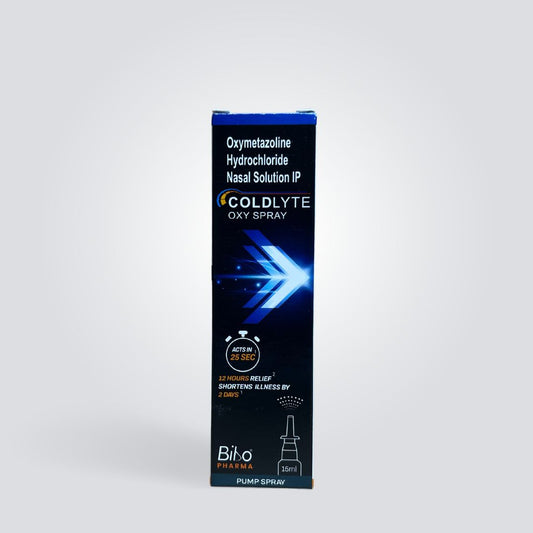The monsoon season provides a welcome relief from the hot summer months with its soothing showers, lush greenery, and cooler temperatures. However, amidst the beauty of this season, there is a risk to our respiratory health due to mold and dampness. The high humidity and water accumulation during monsoons create favourable conditions for mold growth, which can pose potential health risks. In this blog, we will discuss the impact of mold and dampness on respiratory health during the monsoon season and provide essential preventive measures to protect ourselves from these challenges.
Understanding Mold and Dampness:
Mold is a fungus that tends to flourish in wet and humid surroundings. It multiplies by emitting spores into the air, which can be inhaled easily. In the outdoors, mold is essential in decomposing dead organic matter, but it becomes worrisome when it invades our homes and indoor spaces. Moisture, frequently brought about by leaky roofs, malfunctioning plumbing, or inadequate ventilation, creates the perfect environment for mold to grow.
Respiratory Health Risks Associated with Mold and Dampness:
Mold spores can cause a variety of respiratory health issues, especially in people who are allergic or sensitive to them. The most common health risks associated with mold and dampness include:
- Allergic Reactions: Many people may experience allergic symptoms such as sneezing, runny or stuffy noses, itchy or watery eyes, and skin rashes after being exposed to mold spores.
- Asthma Exacerbation: Individuals who currently suffer from asthma may encounter exacerbated symptoms due to exposure to mold. Such symptoms may include coughing, wheezing, chest tightness, and breathing difficulties.
- Respiratory Infections: Particularly in people with compromised immune systems or pre-existing respiratory disorders, inhaling mold spores can cause respiratory infections.
- Hypersensitivity Pneumonitis: Sometimes, long-term exposure to mold spores can cause hypersensitivity pneumonitis, a disorder marked by lung tissue inflammation.
- Mycotoxin Exposure: Certain mold species have the ability to create mycotoxins, which, when inhaled or consumed, can result in a variety of health consequences, from irritation to neurological disorders.
Preventive Measures to Combat Mold and Dampness:
In order to protect our respiratory health during the monsoon season and beyond, it is important to be proactive in addressing mold and dampness:
- Maintain Cleanliness: It's important to clean and vacuum indoor spaces on a regular basis to prevent the growth of mold, which can be caused by dust and debris.
- Control Indoor Humidity: To prevent the growth of mold, it is recommended to maintain indoor humidity levels between 30% to 50% and avoid excessive moisture buildup.
- Ventilate Properly: It's important to maintain proper ventilation in your home to promote the circulation of fresh air and lower humidity levels.
- Address Leaks and Dampness: To prevent water from seeping into your home, it's important to promptly fix any leaks in your roofs, walls, or plumbing.
- Use Dehumidifiers: It's recommended to use dehumidifiers in areas that are susceptible to moisture, like basements or bathrooms, to ensure that humidity levels are maintained at an ideal level.
- Inspect Air Conditioning Systems: It is important to inspect and maintain your air conditioning units on a regular basis. This is because moisture can accumulate in them and create a suitable environment for mold to grow.
- Avoid Carpeting in Damp Areas: If you live in a damp area, it's best to opt for tile or hardwood flooring instead of carpets. This is because carpets can trap moisture, which can lead to the growth of mold.
- Keep Outdoor Drains Clear: It's important to regularly clear outdoor drains and gutters to ensure that water is properly drained away from your home's foundation. This will help prevent water damage and protect your home from potential structural issues.
- Monitor Indoor Plants: It's important to be mindful of the water needs of indoor plants as overwatering can lead to excess moisture.
- Use Mold-Resistant Products: When renovating or building, it's best to choose mold-resistant paints, sealants, and building materials to reduce the chance of mold growth.
Seeking Professional Help:
If you suspect there is mold in your home or experience respiratory symptoms caused by mold, it's important to get professional help. Certified mold remediation experts can assess and handle mold problems safely and effectively. If you have asthma or other respiratory conditions, it's wise to consult with your healthcare provider during the monsoon season to manage your symptoms. By staying informed and taking preventive measures, we can maintain a safe and healthy indoor environment for ourselves and our loved ones. Let's enjoy the monsoon season while also being proactive in protecting our respiratory health so that we can fully appreciate the benefits of refreshing rain in our lives.
Reference:
- https://www.lung.org/clean-air/at-home/indoor-air-pollutants/mold-and-dampness
- https://www.mayoclinic.org/diseases-conditions/mold-allergy/symptoms-causes/syc-20351519
- https://www.webmd.com/food-recipes/food-poisoning/what-are-mycotoxins#:~:text=Mycotoxins%20are%20poisonous%20substances%20produced,by%20mycotoxins%20is%20called%20mycotoxicosis.
- https://indianexpress.com/article/lifestyle/health/monsoon-health-respiratory-diseases-8839118/




